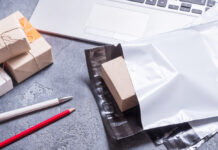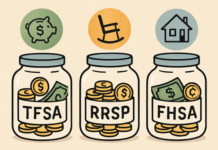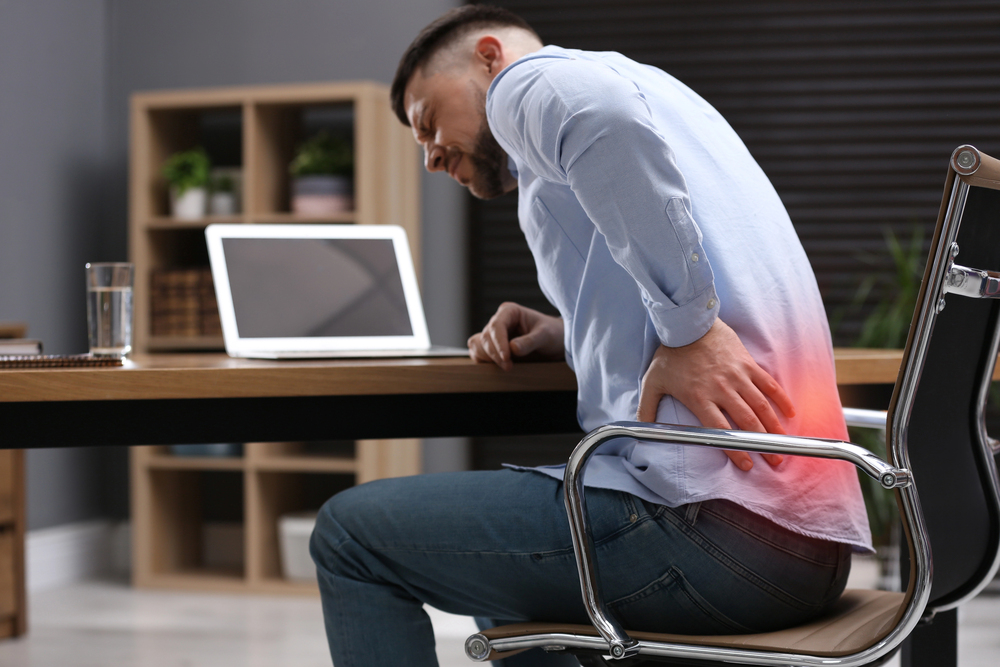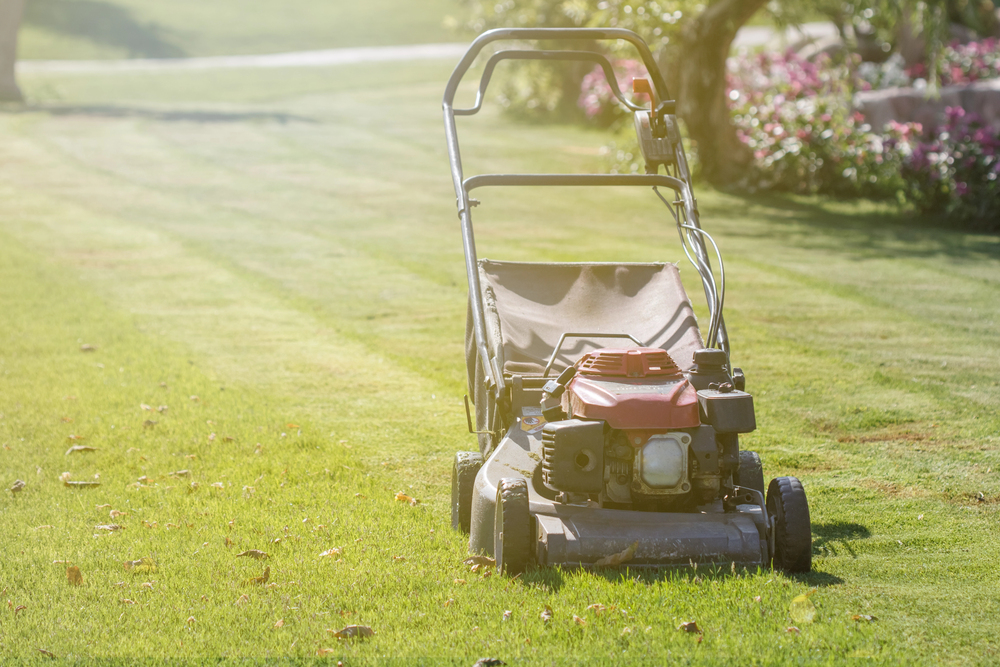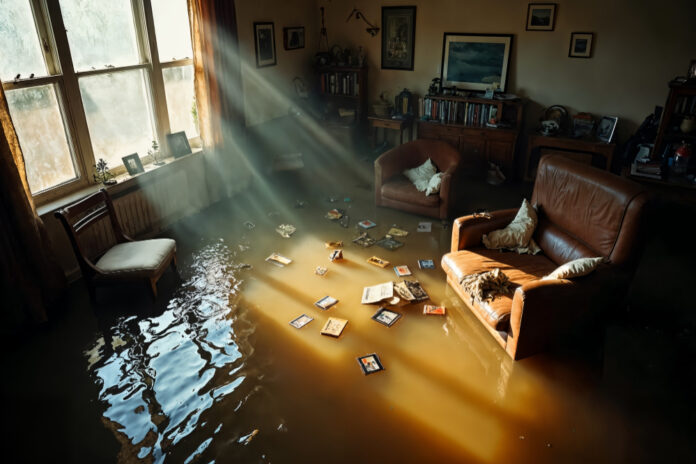Floods are among the most destructive natural disasters, capable of causing widespread damage to homes, businesses, and personal belongings.
Statista reports that the 2020s are emerging as a record-setting decade for flood-related disasters in the USA. From 2020 to 2023 alone, FEMA declared 80 major flood disasters, half the number recorded in the entire previous decade. With climate change driving heavier precipitation events, both the economic and social impacts of flooding are expected to rise in the coming years.
By 2052, flood-risk buildings in Virginia, Florida, and South Carolina are expected to rise by over 20%. Additionally, economic losses to commercial properties in these states may climb by around 30 percent. In the face of these statistics, knowing how to act quickly and effectively is more critical than ever.
This guide provides a detailed roadmap for how to rescue, clean, and restore your most valuable possessions after a flood.
Immediate Safety Measures to Take
Before starting any recovery efforts, safety must come first. Floodwater is highly unsanitary and can contain harmful bacteria, fecal matter, and even wildlife. According to Realtor.com, the first steps should include:
- Put on protective gear: Wear waterproof gloves, boots, and masks to protect against contaminants.
- Be cautious with electricity: Do not turn on lights or touch electrical devices until power has been safely disconnected.
- Document the flood damage: Take photographs of all affected areas for insurance purposes before moving or cleaning items.
- Remove water and increase airflow: Use a wet-dry vacuum to extract water and open windows, employing fans and dehumidifiers to lower humidity levels.
Call in the Experts
While quick action on your part is essential, some flood damage goes beyond what a homeowner can handle. The reality is that saving certain valuables, particularly those made of porous or delicate materials, often requires professional intervention. This is where specialized disaster restoration & cleaning services become invaluable.
According to Disaster Masterz, these experts have the advanced tools needed for any restoration project. They remove excess water, dry out your property, and take care of mold damage, working hard to help restore your home.
Their tools include industrial dehumidifiers, air movers, and thermal imaging cameras to find hidden moisture. For delicate items like documents, art, and electronics, they use advanced techniques such as freeze-drying and ultrasonic cleaning.
When choosing a company, look for certifications like those from the Institute of Inspection, Cleaning and Restoration Certification (IICRC). While the cost is an investment, their expertise often makes the difference between losing and saving irreplaceable items.
DIY Restoration Techniques for Common Items
For many flood-damaged items, careful DIY restoration is a viable option. For instance, you can use clean water and detergent to physically remove contaminants from non-porous surfaces.
The EPA also recommends using an EPA-registered disinfectant or sanitizer on surfaces that have already been cleaned to kill microorganisms like mold. However, these products are not intended for use on fabrics or unfinished wood. Always read labels carefully, as some products can cause skin or breathing problems.
When tackling specific items, act fast. Gently separate and dry wet photographs on absorbent towels. For books and documents, freeze them to prevent mold if you can’t dry them within 48 hours.
Clean wooden furniture with mild soap and dry slowly in a well-ventilated space. For fabrics, wash them immediately in hot water with antimicrobial additives. With electronics, remove the batteries and let them dry completely, but never try to power them on.
Protect Your Valuables with Safe Relocation
If you live in a flood-prone area, protecting your most prized possessions from future flooding events is essential. One effective strategy is moving valuable items to a secondary home, an elevated storage space, or a climate-controlled facility.
According to Redwood Moving & Storage, partnering with professional movers ensures careful handling of your belongings at every step. Whether transporting items locally, interstate, or even internationally, they provide the protection your valuables need.
When planning such a move, prioritize fragile or recently restored items, and consider climate-controlled transportation to prevent further damage. Professional long-distance moving companies can provide specialized packing, secure handling, and insurance coverage for items with reduced structural integrity.
By relocating treasured belongings to a safer location, you can minimize the risk of future flood damage and preserve irreplaceable heirlooms and valuables.
Navigate Insurance Claims and Documentation
Proper documentation is the foundation of a successful insurance claim for flood-damaged valuables. Before any cleanup begins, take detailed photographs and videos of everything, from the overall damage to close-ups of specific items. Create a written inventory with descriptions, ages, and purchase prices. Store receipts and appraisals in a safe, dry place or digitally.
According to CNBC, insurance can be confusing as it is regulated at the state level. Each company’s coverage is also different, and some states, like South Carolina, have specific limitations, particularly regarding mold.
You must understand your policy and whether you have separate flood insurance, as homeowner’s policies often don’t cover it. Document all communication with your insurance adjuster and save every receipt for cleanup supplies, professional services, and temporary storage. This thorough process can make a significant difference in your final claim settlement.
Frequently Asked Questions
What is the recovery time after flood damage?
Flood recovery may take weeks to several months, depending on damage severity and cleanup efficiency. Minor floods can often be addressed more quickly. However, severe structural damage and mold remediation often require long-term restoration, making patience and planning essential.
Should I throw away everything that touches floodwater?
Not necessarily. Many items can be successfully cleaned and restored, especially if the water was relatively clean. However, items contaminated by sewage or heavily contaminated floodwater pose health risks and may need disposal. Consult professionals for valuable items.
Can electronics damaged by floodwater be repaired?
Some valuables after a flood like electronics things can be restored if they haven’t been powered. Professional electronic restoration services use specialized cleaning and drying techniques. However, safety concerns and potential internal corrosion make professional evaluation essential before attempting any repairs.
Flood damage can be overwhelming, but following the right steps can safeguard your home and belongings. From immediate cleanup to insurance documentation, careful planning makes recovery smoother. With preparation and professional support, you can rebuild with greater confidence and resilience.
Find a Home-Based Business to Start-Up >>> Hundreds of Business Listings.

























